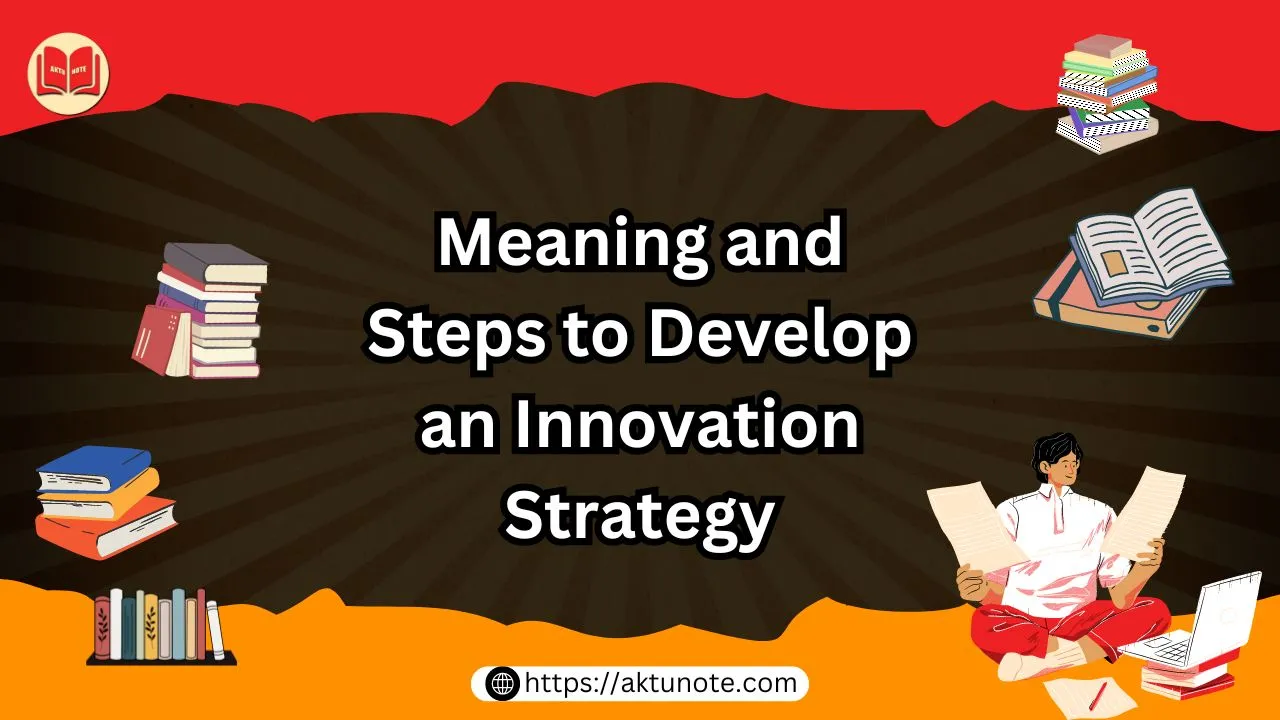In today’s fast-paced world, innovation has become the backbone of success for businesses, governments, and even households. Whether it’s a new product in the market or a novel way to manage daily chores, innovation is what drives growth, efficiency, and progress. However, innovation doesn’t just happen by chance—it requires a well-thought-out strategy. Let’s explore how we can develop an innovation strategy using relatable examples from Indian life and experiences.
What is an Innovation Strategy?
An innovation strategy is a roadmap or a structured plan designed to encourage and manage innovation. It focuses on identifying opportunities, setting goals, and determining how resources will be allocated to achieve innovative outcomes. In simple terms, it’s like having a game plan for nayi soch (new ideas) and jugaad (resourceful solutions) to create lasting impact.
For instance, think about how most Indian homes have evolved their cooking methods. Earlier, making dough for rotis involved manually kneading the flour, which was both time-consuming and tiring. But with the innovation of dough-making machines, this task became easier and quicker. This is an example of how a problem was identified (manual dough making) and solved through an innovative product (the dough maker). The key here is that the companies who created these products had a clear innovation strategy in place.
Steps to Develop an Innovation Strategy
Developing an innovation strategy involves several key steps, each of which plays an important role in ensuring that new ideas are successfully brought to life. Let’s break down the process, using everyday Indian examples to illustrate each step.
Understand the Need for Innovation
The first step in developing an innovation strategy is recognizing the need for change or improvement. This often comes from analyzing current challenges or gaps in the market. In an Indian household, we often experience the need for innovation when traditional methods of doing something are no longer effective or efficient.
Take the example of electric scooters. With rising fuel prices and increasing air pollution, there was a need for an affordable and eco-friendly transportation option. Companies like Ather and Ola Electric identified this need and developed electric scooters as a solution. Here, they understood the pain points of Indian commuters and capitalized on an opportunity for innovation.
Set Clear Innovation Goals
Once you understand why innovation is needed, the next step is to define what you aim to achieve. Setting clear goals gives direction to your innovation efforts. These goals can range from improving customer satisfaction to increasing market share or reducing costs.
Consider Swiggy and Zomato—two companies that completely transformed the food delivery landscape in India. Their innovation goals were clear: to create a fast, reliable, and user-friendly platform for food delivery. By focusing on convenience and accessibility, these companies created a system that made ordering food as easy as a few clicks on your phone. Their innovation goals were not just about making an app; they aimed to redefine the food delivery experience for both customers and restaurants.
Encourage a Culture of Innovation
For innovation to thrive, it needs the right environment. Creating a culture that encourages creativity and out-of-the-box thinking is essential for developing an innovation strategy. Whether it’s in an office, a start-up, or even at home, fostering an innovative mindset makes all the difference.
In Indian households, the concept of jugaad is a perfect example of an innovative culture. Whether it’s using an old tin can as a flowerpot or turning a broken katori into a spice holder, jugaad reflects how people come up with smart, creative solutions using whatever resources are available. Businesses can learn from this mindset by creating an environment where employees are encouraged to experiment, take risks, and come up with innovative ideas.
Allocate Resources Effectively
Innovation requires investment, whether in terms of money, time, or talent. A successful innovation strategy involves ensuring that the necessary resources are available to support new ideas. This means not only funding projects but also providing employees with the tools, training, and freedom to innovate.
Take the Tata Nano, for instance. Tata Motors invested heavily in R&D to develop the world’s cheapest car, aimed at making four-wheelers affordable to the common Indian. While the Nano didn’t perform as well in the long run, the company’s dedication to allocating resources toward innovation set a benchmark in the automobile industry for frugal innovation.
Leverage Technology
In today’s digital age, technology plays a significant role in driving innovation. From artificial intelligence to the Internet of Things (IoT), the right technological tools can make the difference between an idea that stays on paper and one that becomes a revolutionary product or service.
In India, the adoption of Unified Payments Interface (UPI) is a prime example of how technology can fuel innovation. By leveraging digital infrastructure, UPI revolutionized the way we transact money, making payments faster, easier, and more secure. This technological innovation didn’t just benefit big businesses; it also empowered small vendors and street-side shops, allowing them to go cashless with minimal hassle.
Monitor and Measure Progress
An innovation strategy is not a one-time effort. To ensure its success, you need to monitor progress continuously. This means setting up systems to track the impact of innovations, gathering feedback, and refining your approach based on the results.
For example, many online shopping platforms like Amazon and Flipkart constantly innovate by improving their delivery systems, user interface, and customer service based on customer feedback. They monitor how users interact with their platforms and make data-driven decisions to improve the overall experience.
Celebrate Small Wins and Learn from Failures
In the journey toward innovation, not every idea will be a success. It’s important to celebrate small wins and learn from failures along the way. Sometimes, what seems like a minor achievement can pave the way for bigger breakthroughs.
Think about the success of instant noodles in India. When instant noodles were first introduced, they were a hit, especially among college students and working professionals looking for a quick meal. The success of instant noodles in India wasn’t just about the product itself—it was about understanding consumer habits and tailoring the product to fit Indian tastes (e.g., introducing masala flavors). These small innovations in flavor and packaging helped create a product that’s now a household staple.
For More Content Check Out :- KMBN 302
Conclusion
In today’s competitive world, having an innovation strategy is crucial for staying ahead. Whether you’re a business looking to create the next big product or an individual wanting to solve daily challenges, an innovation strategy helps you approach problems systematically and come up with creative solutions.
Developing an innovation strategy involves understanding the need for innovation, setting clear goals, fostering a culture of creativity, and using the right resources and technology. For us in India, where jugaad is part of our DNA, innovation is not just about creating new products—it’s about finding smarter, better ways to solve problems.
As our country continues to grow and develop, both at the grassroots level and in big industries, an effective innovation strategy will be key to unlocking our true potential. After all, whether it’s the next best app, a low-cost product, or a new way to do something simpler, innovation is what will keep us moving forward.

